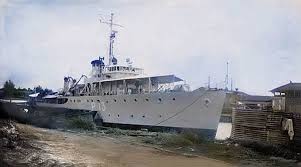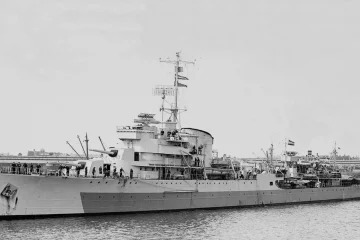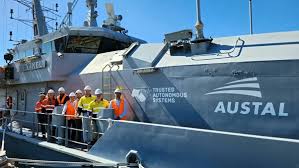In the immediate aftermath of World War II, the Netherlands faced a monumental challenge. While its homeland lay in ruins after years of occupation, it also had to grapple with re-establishing authority and humanitarian order in its colony, the Netherlands East Indies (NEI), which had been under brutal Japanese occupation since 1942.
The situation was dire. Across the archipelago, millions faced acute shortages of food, medicine, and basic supplies. Entire cities had been devastated, infrastructure lay in shambles, and governance structures had collapsed. Dutch citizens and Indo-Europeans, many of whom had been interned in Japanese camps, were malnourished and traumatised. For many, medical evacuation and convalescence were urgent necessities. Yet, at the very same moment the Dutch were preparing to reassert control, the Indonesian nationalist movement declared independence, setting off a complex and often bitter conflict.
Brisbane and the Dutch government-in-exile
During the war, the Netherlands East Indies government-in-exile had operated from Camp Columbia in Wacol, Brisbane. From this base, the NEI authorities built up networks of military, logistical, and civil administration in preparation for eventual return. When Japan surrendered in August 1945, this Brisbane-based administration immediately sprang into action, trying to coordinate relief efforts and restore Dutch governance in the Indies.
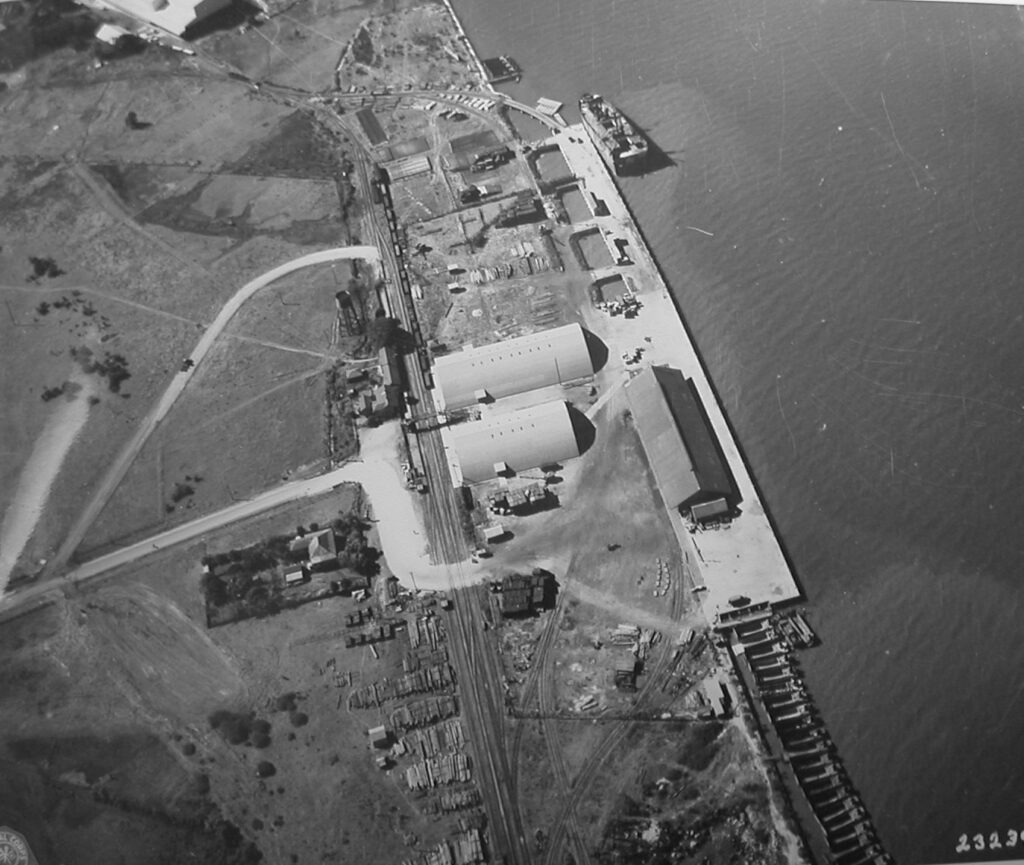
Australia, particularly Queensland, became the staging ground for Dutch operations. The port facilities at Pinkenba, on the Brisbane River, played a key role in these efforts. The Pinkenba area along the Brisbane River had served during the war as a supply base for Allied forces.
Nearby, the United States Army’s Services of Supply (USASOS) unit was based at Camp Meeandah. The Dutch also had a presence here during this time two small warehouses (listed as buildings No. 33 and 34 on wartime maps) were allotted to the Dutch for staging and storage.
After the war, Dutch logistical operations were shifted to Pinkenba. From the wharves here, ships departed with personnel, supplies, and vital humanitarian cargo and soon there after military equipment destined for Java, Sumatra, and other islands. These facilities became nodes in the network of relief and repatriation operations aimed at rebuilding the colony.
A humanitarian mission thwarted by geopolitics
While the NEI government-in-exile tried to frame its efforts as humanitarian and administrative—focused on rescuing internees, rebuilding hospitals, and re-establishing civil order—the geopolitical landscape had changed.
On 17 August 1945, just two days after Japan’s surrender, Indonesian leaders Sukarno and Mohammad Hatta declared the independence of the Republic of Indonesia. This bold move was seen by the Dutch as an illegitimate power grab, but it gained strong local and international sympathy.
One of the most consequential developments was the reaction from Australia. The Australian trade union movement, particularly the Waterside Workers’ Federation, strongly opposed the return of Dutch colonial rule. In a series of highly publicised actions, Australian dockworkers refused to load Dutch ships bound for Indonesia, arguing that such shipments would support a repressive colonial war rather than humanitarian relief. This became known as the “Black Armada” movement—a grassroots boycott that effectively paralysed Dutch shipping from Australian ports.
Pinkenba was no exception. Dutch efforts to organise supply shipments through Brisbane were severely hampered by union resistance as per some of the news articles below. It even led to one ship crashing into the wharf as it was refused a pilot service. Even though many of the goods were meant for hospitals and food relief, the political optics of supporting Dutch shipping became too contentious. The wharf was guarded and its activities were largely left secretive. This resistance not only affected military logistics but also had a devastating effect on humanitarian operations, stranding thousands who were waiting for medical evacuation or resettlement.
Dutch shipping in a hostile port
As can be see from pictures and articles below, despite these challenges, some ships did sail. Dutch and allied vessels—often crewed by mixed contingents including Indonesians, Dutch mariners, and others—attempted to navigate both the physical distance and political turbulence of the post-war transition.
Ships like the SS Tasman, Bontekoe, Both and other KPM (Koninklijke Paketvaart Maatschappij) vessels were instrumental in transporting personnel, including NEI administrative officers, medical staff, supplies, and at times evacuees. In Brisbane, these vessels departed from Pinkenba, which for a short but critical period served as a gateway to a reeling colony in need of both governance and healing.
At the same time, the Netherlands also began using other routes outside Australia—including transport via Ceylon (Sri Lanka), Singapore, and, eventually, direct flights when air travel became feasible.
Legacy and loss
The Dutch post-war efforts in Brisbane represent a unique and largely forgotten chapter in the city’s wartime and post-war history. Pinkenba’s quiet wharves were witness to the complexities of decolonisation, humanitarian ambition, and the slow erosion of European empires. While many in the Netherlands and Indonesia remember the subsequent armed conflict (the Indonesian War of Independence, 1945–1949), fewer know about the role of Brisbane, and Pinkenba in particular, as a vital yet contested link in the Dutch efforts to regain control.
Today, the physical remnants of that period—warehouses, dock records, and photographs—serve as a quiet testament to a time when global empires turned toward the Asia-Pacific in crisis and conflict. They also remind us that logistics is never just a matter of transport—it is also about power, sovereignty, and the human cost of transition.
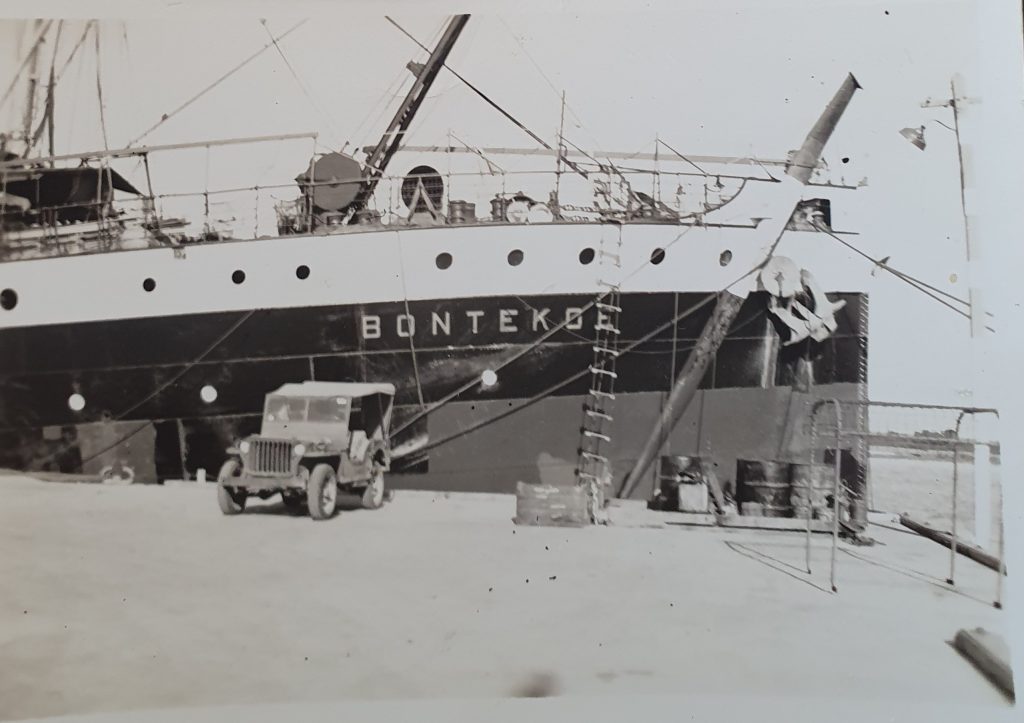
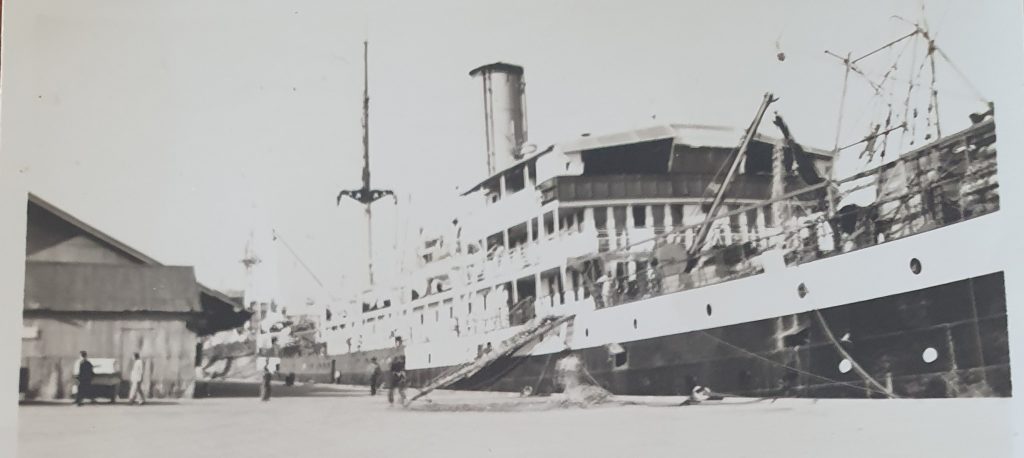
Newspaper clippings with thanks to Peter Dunn’s “Australia @ War” at www.ozatwar.com
